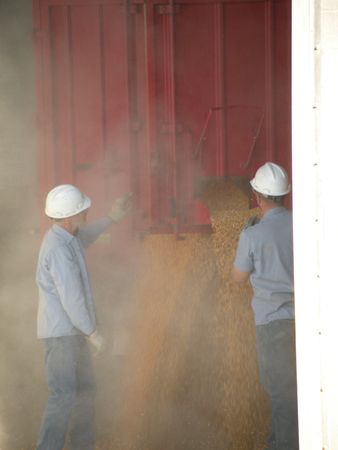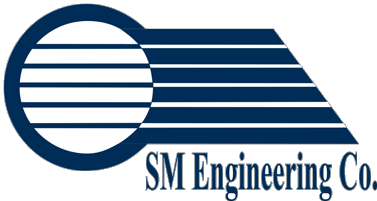 Businesses with multiple locations have a lot of moving parts. When you’re managing staff and putting out fires at multiple locations, it’s tough to find the time to look for errors in your utility bills. But as a south-central Minnesota grain co-op discovered, finding time to review your utility bills can uncover thousands of dollars in annual savings.
Businesses with multiple locations have a lot of moving parts. When you’re managing staff and putting out fires at multiple locations, it’s tough to find the time to look for errors in your utility bills. But as a south-central Minnesota grain co-op discovered, finding time to review your utility bills can uncover thousands of dollars in annual savings.The Challenge
The grain co-op owned and managed several facilities across south-central Minnesota. Each location served a different purpose and had a variety of equipment, from agronomy, fertilizer blending, machine sheds, grain elevators, feed mills, temporary storage bins and bunkers, grain drying facilities, and even convenience stores.
Every one of these locations required access to water, gas, and electricity. In total, 101 meters served these various facilities. The co-op paid more than $1 million annually for utilities across all locations. It was time to look at where all this money was going and if there was an opportunity for savings.
The co-op contracted with SM Engineering to audit its usages and previous billings for all accounts. We inventoried the loads on all 101 meters, conducted rate studies by meter, and looked for errors and overcharges on all line charges on the bills.
What SM Engineering Found in Its Utility Bill Audit
Our deep dive into the metered usages revealed many underlying issues—and opportunities for savings. SM Engineering uncovered meters that served unknown loads and a meter that was actually for a different company. The co-op was paying another business’s bill!
Some water meters were charging the co-op a city sewer rate when there was no sewage line attached to the location, as the water was being used strictly for agricultural purposes. Many meters were dormant for 10 months of the year, but usage increased exponentially during harvest months. This created excessive demand and power factor charges.
A line-by-line utility bill review also uncovered credits available for agricultural use the co-op was not utilizing. This was understandable, as it’s not easy to apply for or maintain the credits once you have them in place.
The Solution
SM Engineering utility bill experts worked with the co-op and its utility companies to sort out its utility usage and take advantage of available agricultural credits. The co-op expects to receive more than $55,000 in refunds and ongoing annual savings of $18,330.
It pays to have SM Engineering review your bills for refunds, errors, and possibly better rates. If you operate a grain co-op or other business with multiple facilities, you may be paying too much for utilities. Schedule your no-obligation utility bill audit today to uncover potential utility bill savings.


